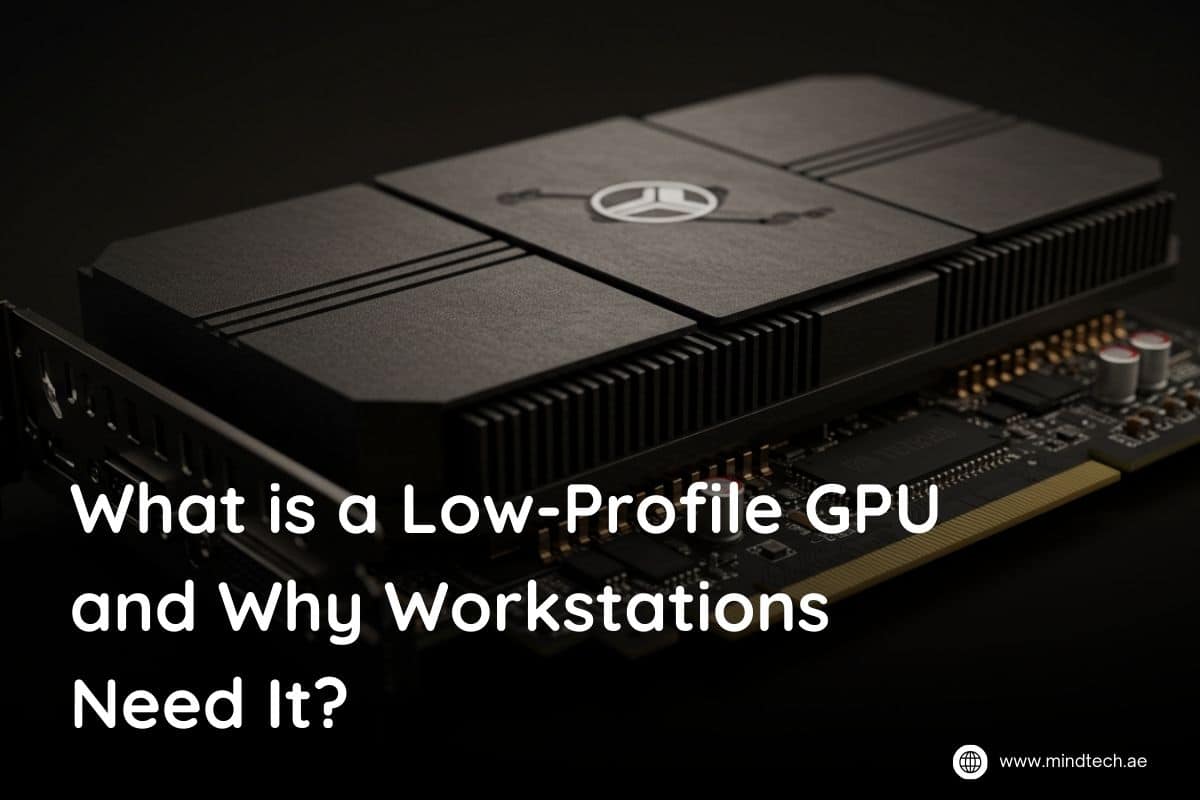
What is a Low-Profile GPU and Why Workstations Need It?
When building or upgrading a workstation, space and efficiency often matter just as much as performance. That’s where low-profile GPUs come in. These compact cards are designed to fit into small cases without compromising too much on power, making them the hidden heroes of professional setups.
In this blog, we’ll break down what is a low-profile GPU, how it compares to a standard GPU, why it’s a smart choice for workstations, and what to look for before buying.
What is a Low-Profile GPU?
A low-profile GPU (sometimes called a low-profile graphics card) is a smaller, slimmer version of a traditional GPU. Instead of taking up large amounts of space like a standard graphics card, these compact cards are built to fit into small form factor (SFF) PCs and slim desktops.
They are ideal for:
- Small office PCs
- Entry-level workstation GPU setups
- Quiet, low-power systems
- Compact home or business desktops
So if you’re asking yourself “What is a Low-Profile GPU?” — it’s essentially a half-height, space-saving version of a standard GPU, tailored for efficiency and flexibility.
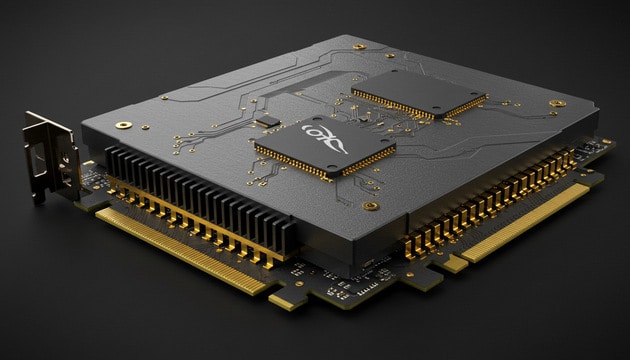
What is Low Profile GPU Size?
One of the most common questions is “What is low profile GPU size?”
- A standard GPU usually takes up two slots and requires a lot of case clearance.
- A low-profile GPU is shorter in height (about half the size) and often comes with a single-slot or slim dual-slot design.
This compact design makes it possible to install them in systems where a traditional GPU would simply not fit.
Low Profile vs Standard GPU: What’s the Difference?
When comparing low profile vs standard GPU, the differences boil down to three main factors:
- Size & Form Factor – Low profile cards are shorter and thinner, making them suitable for SFF PCs.
- Power Consumption – A low power consumption GPU draws far less electricity than a standard card, keeping energy bills low and thermals in check.
- Performance – Standard GPUs deliver higher raw performance, but for business, CAD, 3D modeling, or office work, an entry-level workstation GPU can get the job done without overkill.
In short: if you’re gaming at ultra-high settings, go standard. If you need efficiency and practicality for professional use, a low-profile graphics card is the winner.
Do Workstations Really Need a Low-Profile GPU?
Absolutely — especially when dealing with limited space and professional applications. Here’s why:
- Perfect for Compact PCs → Many business workstations use small cases. A low-profile GPU makes upgrades possible.
- Professional Stability → Cards like the PNY T400 deliver stable, certified drivers for CAD, design, and video editing software.
- Budget-Friendly → For entry-level workstation GPU needs, these cards strike the balance between price and performance.
- Power Efficiency → A low power consumption GPU keeps your system cool and quiet — perfect for offices or studios.
Can a Low Profile GPU Handle Gaming?
Here’s the truth: a low profile gaming GPU won’t replace a high-end RTX beast, but it can definitely handle light to medium gaming. Titles like Valorant, CS:GO, or older AAA games run smoothly, especially if you don’t mind dialing down settings.
That said, if you’re primarily buying for professional workloads with occasional gaming on the side, a low profile gaming GPU is a sweet spot.
Buy Low Profile GPUs from Leading Brands at MindTech
Looking to upgrade? Don’t waste hours scrolling through random marketplaces. At MindTech, you can find the best low profile GPU options from trusted brands like PNY and NVIDIA. Whether you need an entry-level workstation GPU for professional software or a low power consumption GPU for compact builds, MindTech has you covered.
👉 Ready to upgrade your setup? Buy low profile GPUs from leading brands at MindTech and give your workstation the performance boost it deserves.
FAQs
What is the difference between a low profile and standard GPU?
A low profile GPU is smaller, consumes less power, and fits compact cases, while a standard GPU is larger and more powerful, mainly for gaming or heavy rendering.
Is a low profile GPU good for gaming?
Yes, a low profile gaming GPU can handle light to moderate gaming, but it’s not built for ultra-high performance AAA gaming.
Who should buy a low profile graphics card?
Anyone with a small form factor PC, office workstation, or compact build who needs reliable performance without the bulk.
What software runs best on entry-level workstation GPUs?
Software like AutoCAD, SolidWorks, Photoshop, Premiere Pro, and Blender runs efficiently on an entry-level workstation GPU, especially for design and editing tasks.

















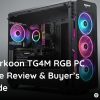

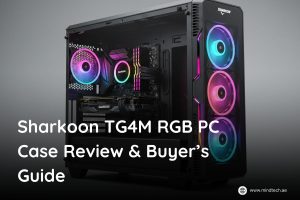
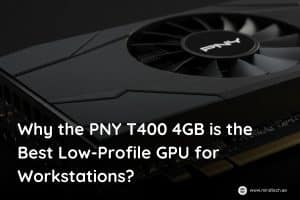


Add comment